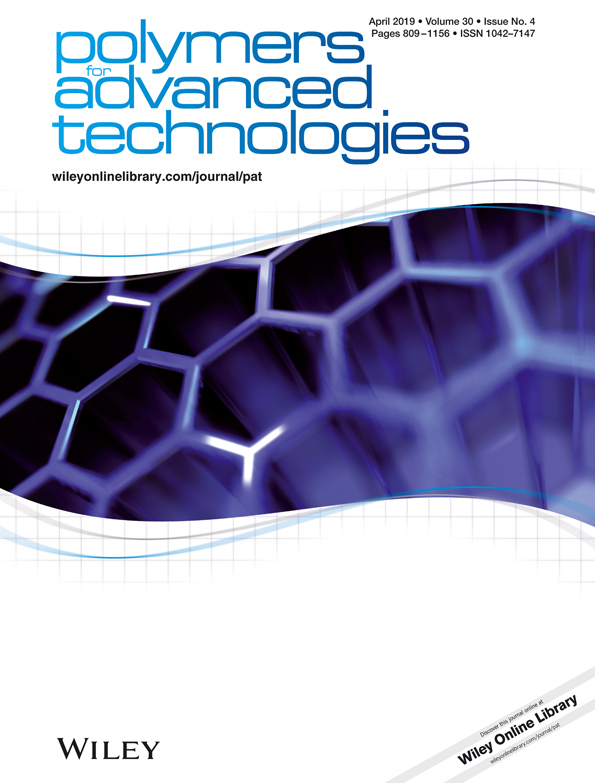Preparation of phenyl-modified natural rubber in latex stage
Abstract
Phenyl-modified natural rubber was prepared in latex stage by bromination of deproteinized natural rubber followed by Suzuki-Miyaura cross-coupling reaction. First, the bromination of natural rubber was carried out using N-bromosuccinimide in latex stage. The bromine atom content increased as amount of N-bromosuccinimide increased. Second, the allylic bromine atom was replaced with a phenyl group using phenyl boronic acid in the presence of a palladium catalyst, according to the Suzuki-Miyaura cross-coupling reaction in latex stage. The resulting products were characterized by nuclear magnetic resonance (NMR) spectroscopy. Signal at 7.13 ppm was assigned to the phenyl group of the product, while signals at 3.98, 4.14, and 4.44 ppm were assigned to the remaining allylic brominated cis-1,4-isoprene units. The estimated phenyl group content and the conversion of the Suzuki-Miyaura cross-coupling reaction were 1.32 and 23.7 mol%, respectively. Glass transition temperature (Tg) of deproteinized natural rubber increased from −62°C to −46.7°C, when the phenyl group was introduced into the rubber.




